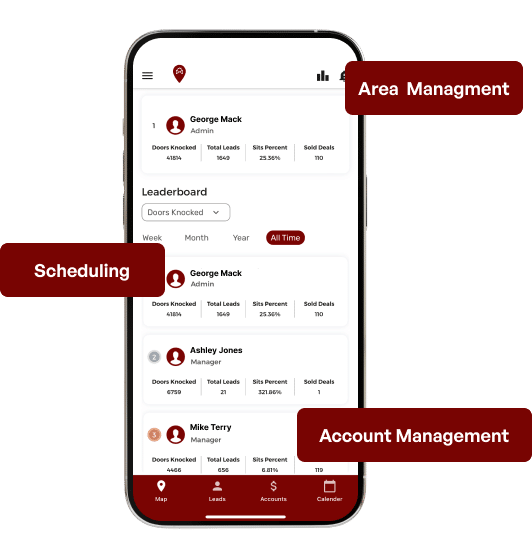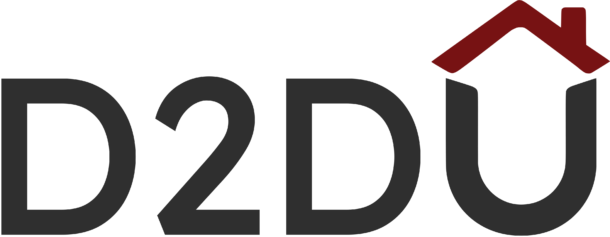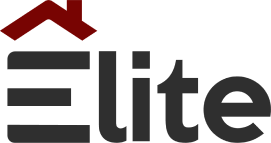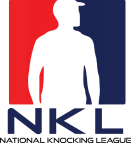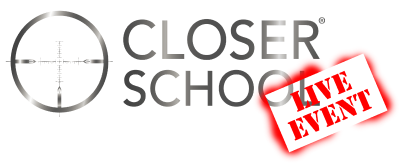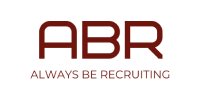Canvassing, traditionally associated with political campaigns and fundraising, has found its place in sales. From Girl Scouts selling cookies to businesses reaching out to potential clients, door to door sales canvassing is a proactive approach to generating leads and driving sales.
But what is the practice all about, and how can you get the most out of it by leveraging it efficiently?
What is Sales Canvassing?
Canvassing is all about making the first move and striking up conversations with potential customers out of the blue.
Knocking on doors? Or maybe you’re making calls or sending emails. In either case, it’s all about finding folks who need what you offer.
Think of canvassing as a combination of strategy, gut feeling, and sticking with it, even when things get tough.
Whether you’re considering diving into a career in door-to-door sales or just looking to get better at turning every knock and chat into an opportunity, this guide’s for you. We’ve packed it with tried-and-true best practices to help you nail canvassing and see success in every interaction.
Let’s get started!

Key Takeaways
– Set activity-based goals and maintain a positive attitude to stay focused and productive during door-to-door sales canvassing.
– Identify and qualify quality prospects most likely to benefit from your product or service with sales intelligence tools.
– Map sales territories and use territory mapping tools to optimize your canvassing efforts
– Use proven canvassing scripts as a foundation for your pitch, but personalize your engagement and demonstrate an understanding of prospects’ needs.
11 D2D Canvassing Best Practices
1- Identify Target Markets
- Understanding Your Ideal Customer
There’s an ideal customer for every product or service. This is the person who benefits the most from what you’re offering. It is crucial to understand who they are, what they need, and how they behave—study demographics, psychographics, and buying behavior to better understand your ideal customers’ profile.
- Using Buyer Personas
Buyer personas are semi-fictional representations of your ideal customer. They are constructed based on market research and accurate data about existing customers, which help visualize the customers, understand their challenges, and tailor sales strategies.
Pro Tip: Utilize research tools like SEMrush to understand your ideal customer’s behavior, needs, and demographics. It offers valuable insights into market trends, audience interests, and competitive analysis, helping you create accurate buyer personas and target your market effectively.
2. Set Clear Goals
- Defining Overarching Objectives
What do you hope to achieve with your canvassing efforts? Whether increasing brand awareness, driving sales, or gathering feedback, having a clear objective will guide your approach.
- Daily Targets
Setting daily or weekly targets helps in measuring progress. Every interaction should also have a clear purpose. Are you trying to make a sale, gather information, or introduce your brand?
Pro Tip: Employ goal-setting and tracking tools like SMART Goals in Smartsheet. This tool allows you to set specific, measurable, achievable, relevant, and time-bound goals, providing a clear roadmap for your canvassing efforts and ensuring you stay on track.
3. Craft a Compelling Sales Pitch
- Address Prospect Needs
Your sales pitch should immediately address the prospect’s pain point or need. Highlight how your product or service provides a solution to their specific problem.
- Personalization is Key
No two customers are the same. Personalizing your pitch makes the prospect feel valued and understood. It increases the chances of a positive response.
Pro Tip: Elevate your sales pitch crafting skill with one of the best D2D sales training programs on pest control sales, roofing, alarm sales, solar sales, and more for newcomers and seasoned pros.
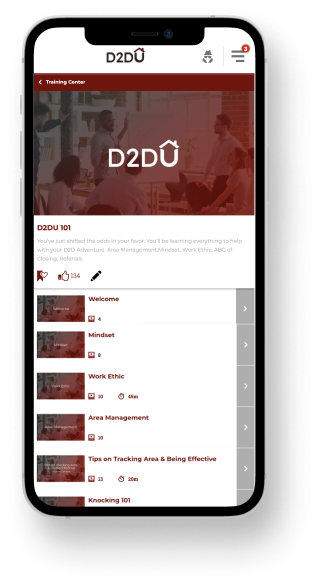

4. Be Empathetic and Understanding
- Handling Rejection
Rejection is an integral part of sales canvassing. Use it as a learning opportunity. Analyze what went wrong and how you can improve.
- Addressing Concerns
Prospects might have reservations or concerns. Listen actively and address these concerns with patience and understanding. This builds trust and credibility.
5. Utilize CRM Tools
- Streamlining Processes
Customer Relationship Management (CRM) tools help organize and manage customer interactions. They ensure that no lead falls through the cracks.
- Automating Follow-ups
Consistent follow-ups increase the chances of conversion. CRM tools can automate this process, ensuring you’re always on your game.
Pro Tip: Use The D2D Experts’ FREE door knocking app – the D2D CRM to streamline your sales process. HubSpot offers tools for lead management, follow-up automation, and customer interaction tracking so that you can provide personalized service and never miss an opportunity.
6. Rely on Data
- Guided by Real-time Data
In today’s digital age, real-time data can provide invaluable insights. Data is your best friend, from understanding customer behavior to predicting market trends.
- Tracking Metrics
Metrics help in understanding what’s working and what’s not. Regularly track and analyze key performance indicators (KPIs) to refine your strategies.
7. Ask Qualifying Questions
- Understanding Prospect Needs
Before diving into your pitch, ask questions to understand the prospect’s needs, challenges, and objectives. This ensures that your pitch is relevant and resonates with them.
- Determining Product Fit
Not every prospect is a good fit for your product or service. Qualifying questions help identify potential leads worth pursuing.
Pro Tip: Adopt communication and collaboration tools to facilitate smooth lead transfers among team members. Slack is an excellent option to ensure accurate and efficient information exchange, promote teamwork, and improve the chances of conversion.
8. Ensure Smooth Lead Transfers
When transferring leads, especially in larger teams, ensure that all details are accurately conveyed. This ensures continuity and increases the chances of conversion.
9. Leave Sales Collateral
- Engaging Potential Leads
Leaving behind sales collateral like door hangers or flyers can pre-engage potential leads. It serves as a reminder of your brand and offering.
- Brand Recall
Well-designed collateral can help your brand remain on the top of your prospects’ minds. It also provides your prospects with a reference point for future interactions.#
10. Always Follow Up
A “not interested” today might be a “maybe” tomorrow. Regular follow-ups keep the conversation going and nurture leads, increasing the chances of future conversions.
11. Knock on the Right Door
Identifying and approaching the most frequently used door or point of contact increases your chances of engagement. It’s about being where the prospect is most likely to be.
Pro Tip: Utilize canvassing apps or door to door software that provide data on the most frequently used entrances or points of contact. For example, Qomon is one of the most popular door to door apps out there.
JP Arlie is a seasoned professional with a remarkable 30-year career in the direct sales industry. He has achieved significant milestones, leading organizations responsible for over 300,000 in-home sales transactions and recruiting more than 40,000 sales representatives.
JP’s versatile journey in the direct sales field has seen him take on various roles, from business owner to Vice President in a publicly traded company. One of JP’s core values is his commitment to positively impact the lives of others and change the course of history. Additionally, JP serves as an esteemed Executive Education Coach at Harvard Business School’s Program for Leadership Development.
JP Arlie specializes in vital areas, including recruiting and retention strategies through effective systems and processes. His insights have proven instrumental in helping businesses of all sizes build and maintain high-performing sales teams. Furthermore, he excels in guiding organizations through the process of meaningful organizational change.



